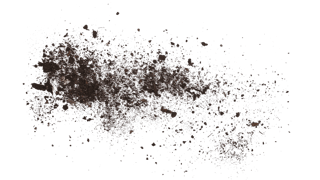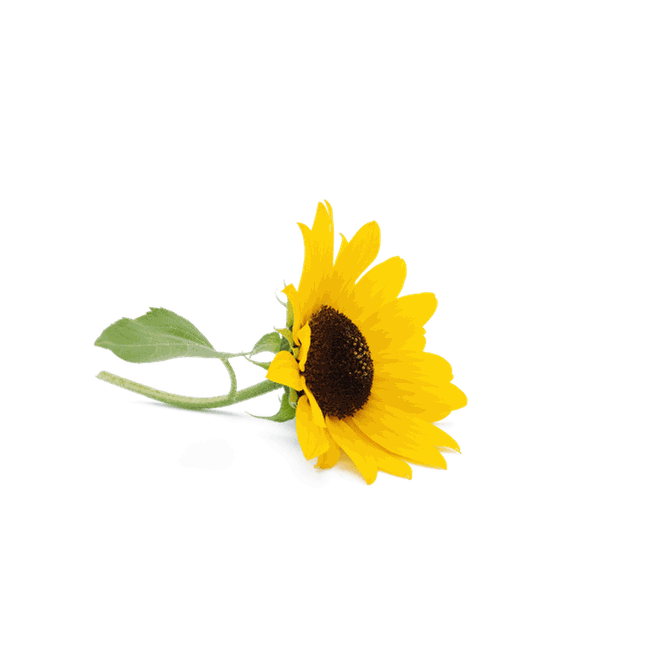Garden Calendar
Get fruit trees ready for the winter!
Fertilising with a low-chloride potassium fertiliser in autumn (October or November) increases the fruit trees resistance to frost. Spread the fertiliser over the ground and water in. This helps trees and shrubs to get through the winter. Using a potassium rich fertiliser in spring improves taste, ripeness and quality of the crop.
Storing fruit
Cool but frost-free, airy and dark rooms provide optimal storage conditions. The best storage temperature for apples and pears is 4° C. Many houses have cellars that are too warm for storing fruit. A garage or garden house is often more suitable. Apples can tolerate frost up to -5° C without sustaining lasting damage.
Fruit should preferably be stored as a single layer in racks or boxes. Check regularly for any infestation with storage diseases. Remove any bad fruit immediately.
Windfalls
Collect and destroy any windfalls beneath trees. Also remove fruit mummies that are still hanging on the tree. This is extremely important for plums because of diseases such as Monilia fructigena or bladder plum or plum pocket disease. Otherwise, the disease threatens to spread further the following year at the latest.
A good time to plant fruit trees
You can plant fruit trees now when choosing what variety of fruit tree to plant, also consider its resistance to diseases as well as the harvesting time and fruit characteristics. It is particularly important to consider diseases that are difficult to control or that cannot be tackled with pesticides. Check with your local nursery for suitable varieties. Recommended apple varieties for the home garden are, for example, “Ontario” or “Kaiser Wilhelm".
Watch out: Voles!
Voles prefer young fruit trees. Newly planted trees are particularly vulnerable to severe damage from gnawing. So combating voles is very important and a vole trap can be a very effective way of doing this. Carrot, celery, beetroot and pieces of apple all make suitable bait.
A particularly convenient method of combating voles is to use granulated bait. Ask at your garden centre for a suitable product.
Propagating your own hazelnut bushes
Hazelnut bushes are very easy to propagate by layering. Press the flexible one-year-old shoots into the ground and secure with something such as a metal hook. First score the twig that touches the ground using a knife to promote rooting. Then fill the hollowed area with soil. When a good root system has formed on the layer, sever it from the parent plant.



